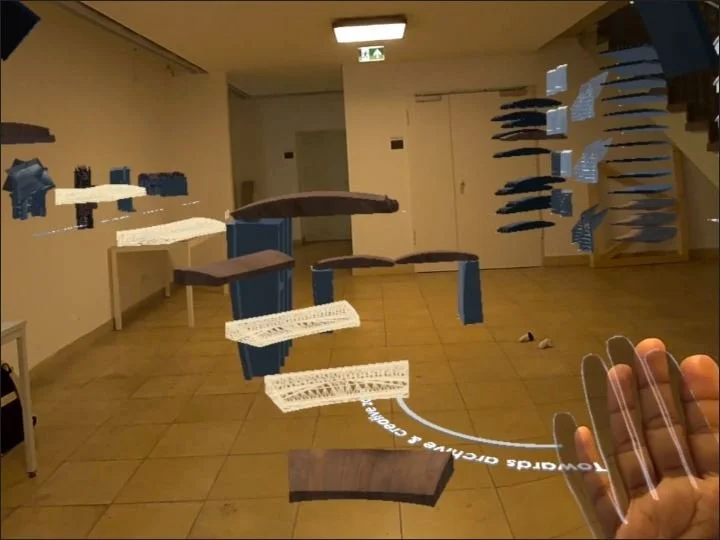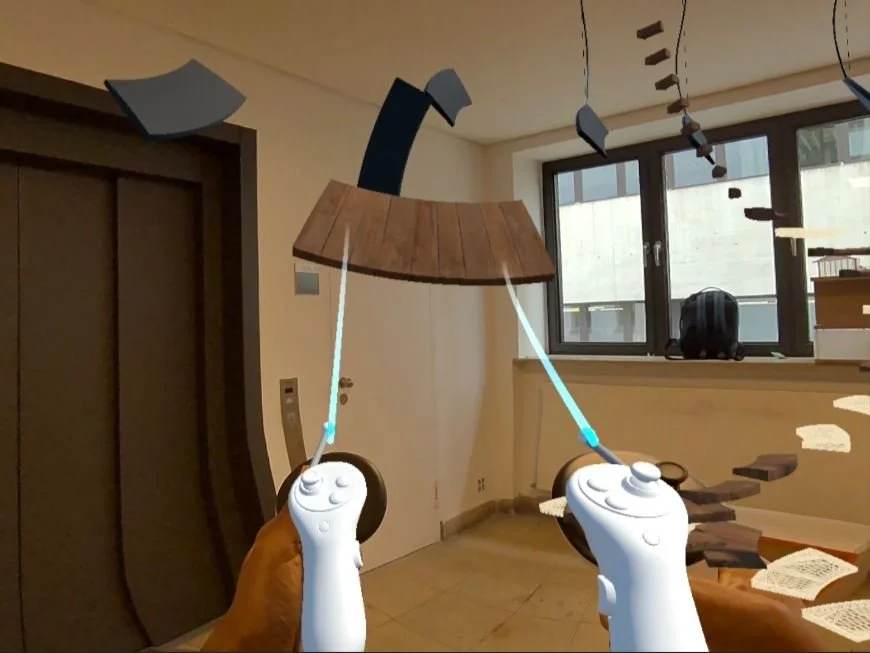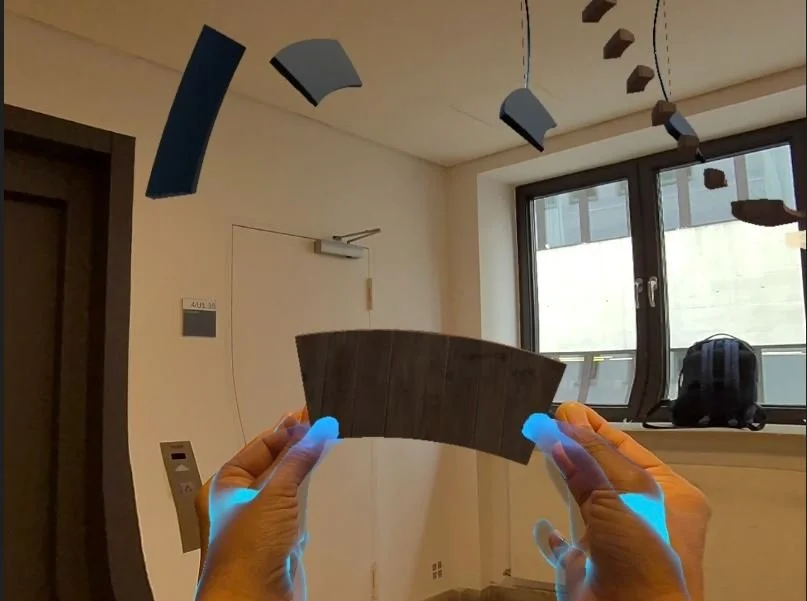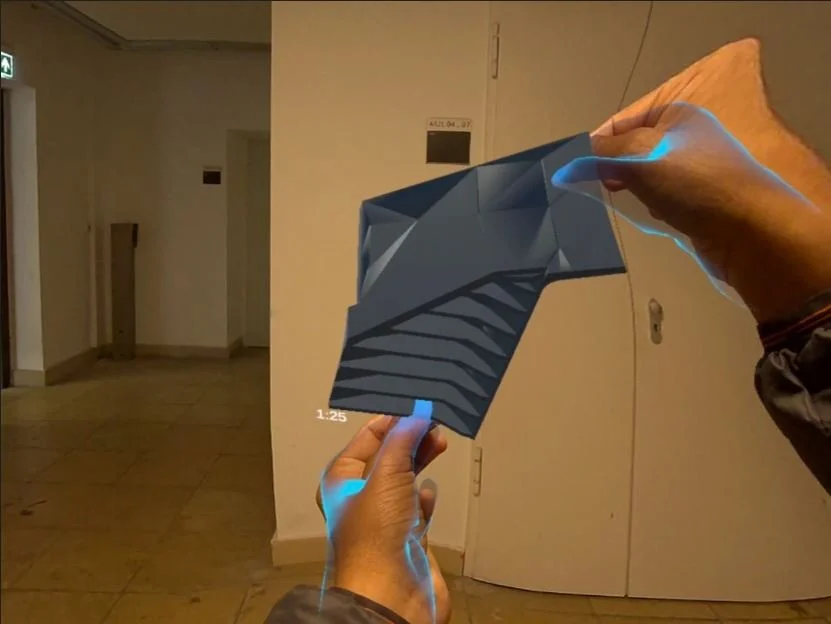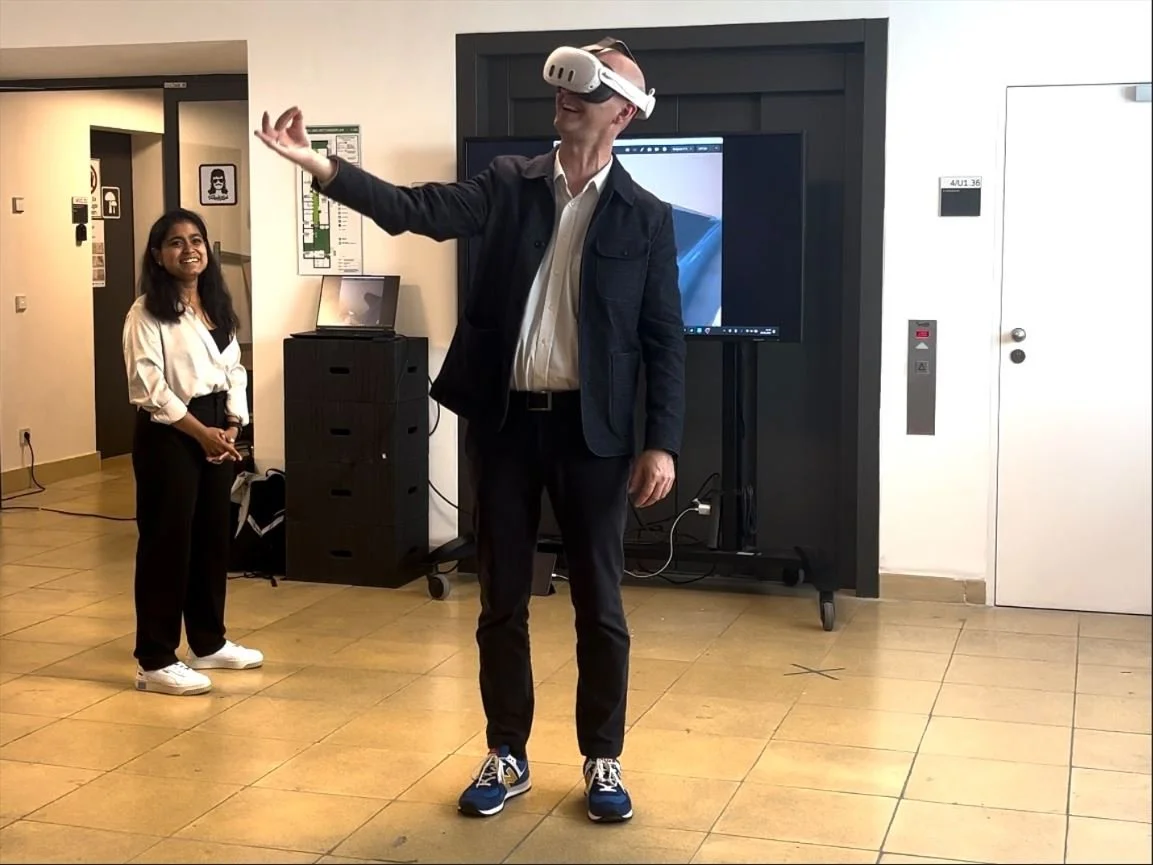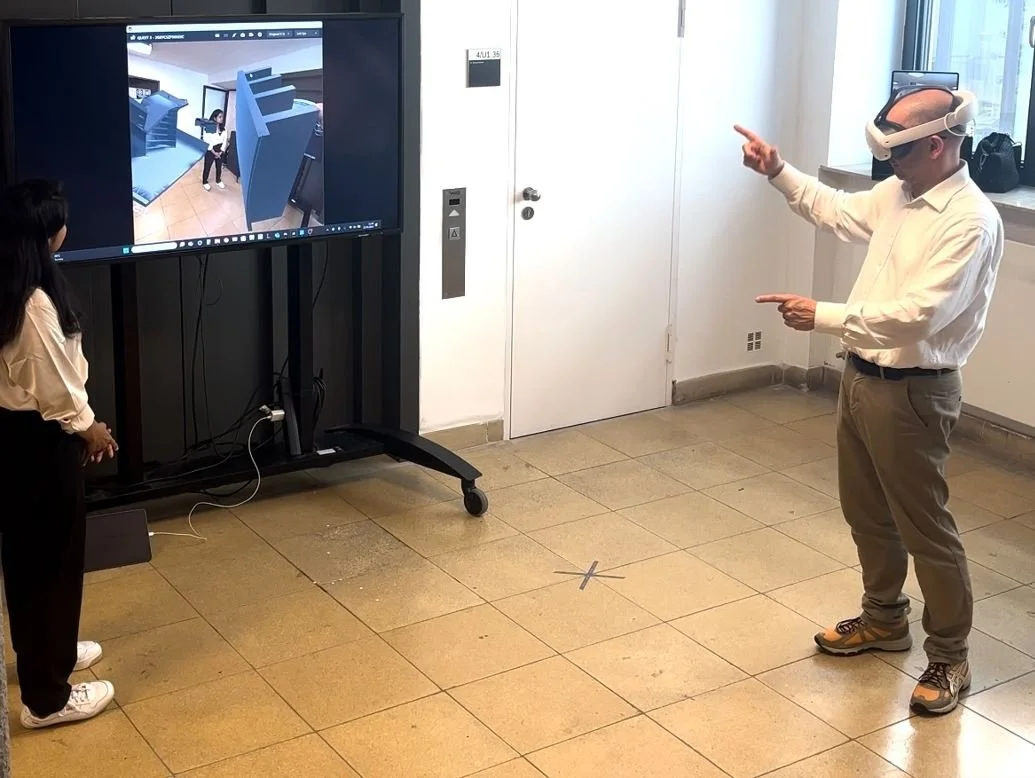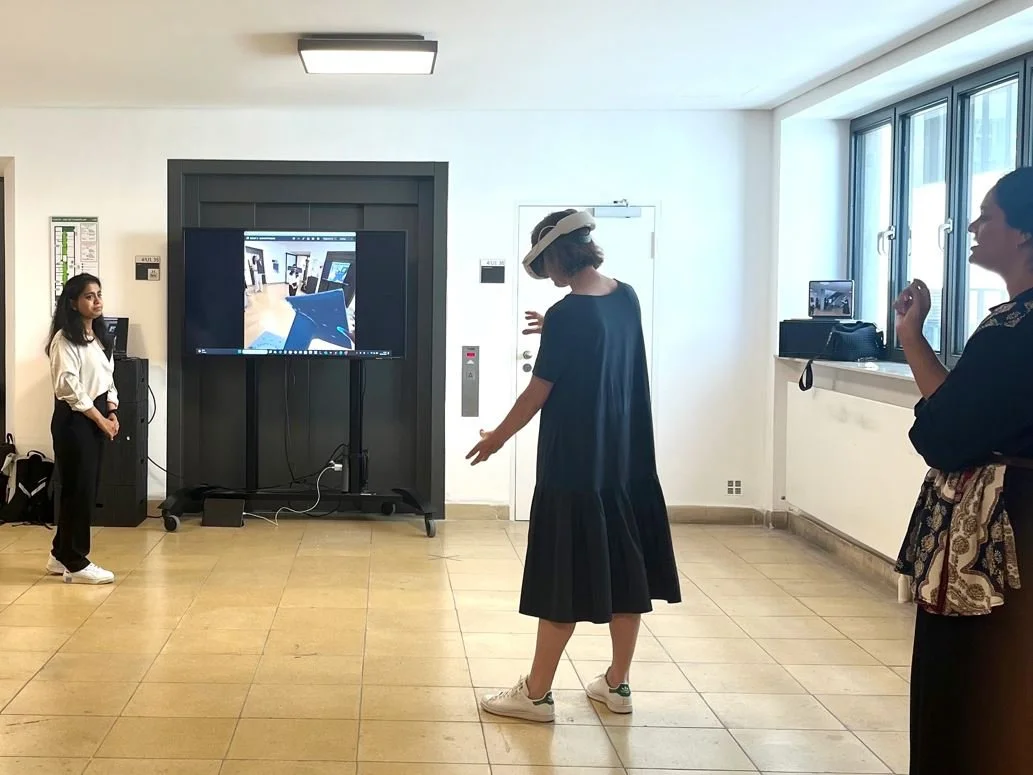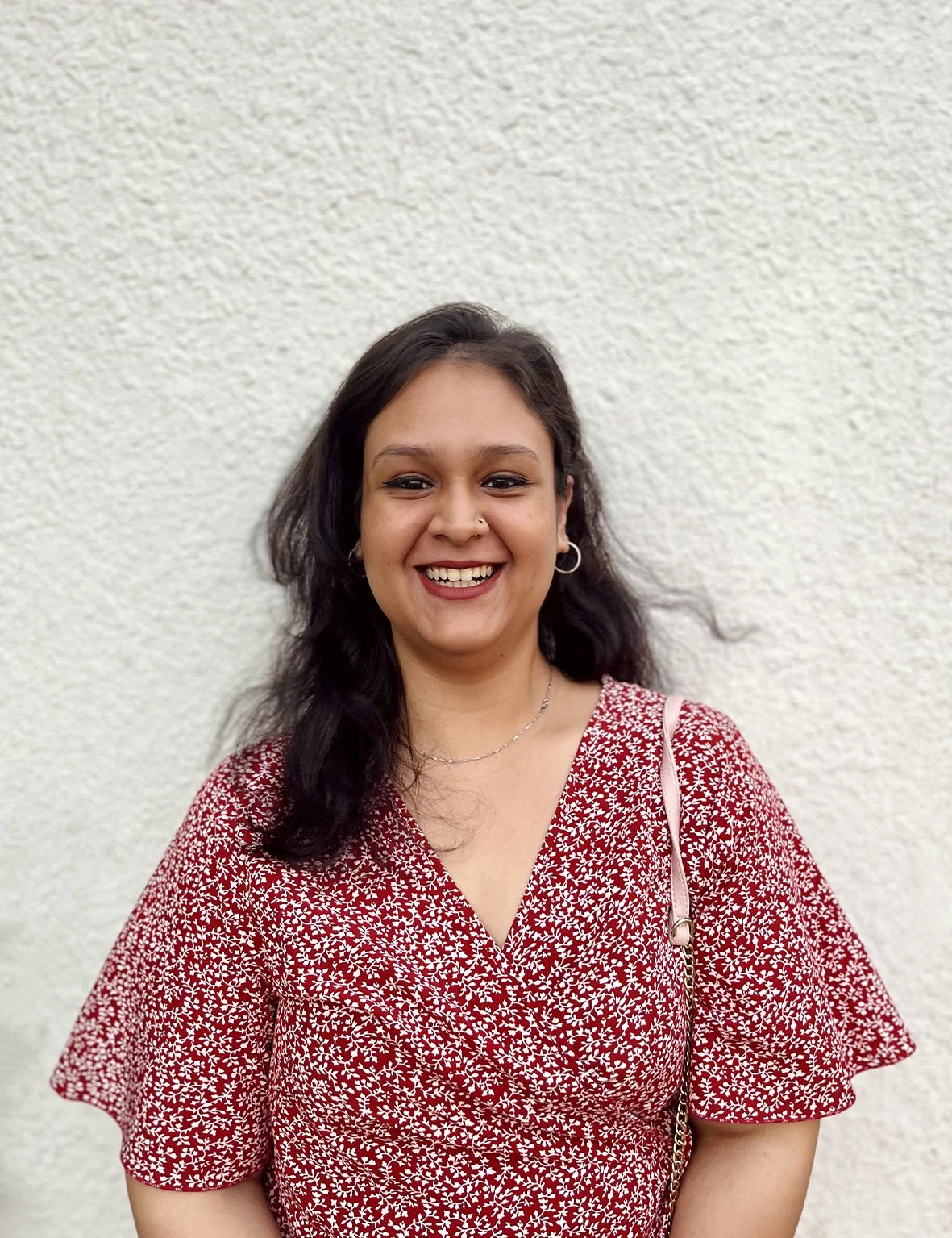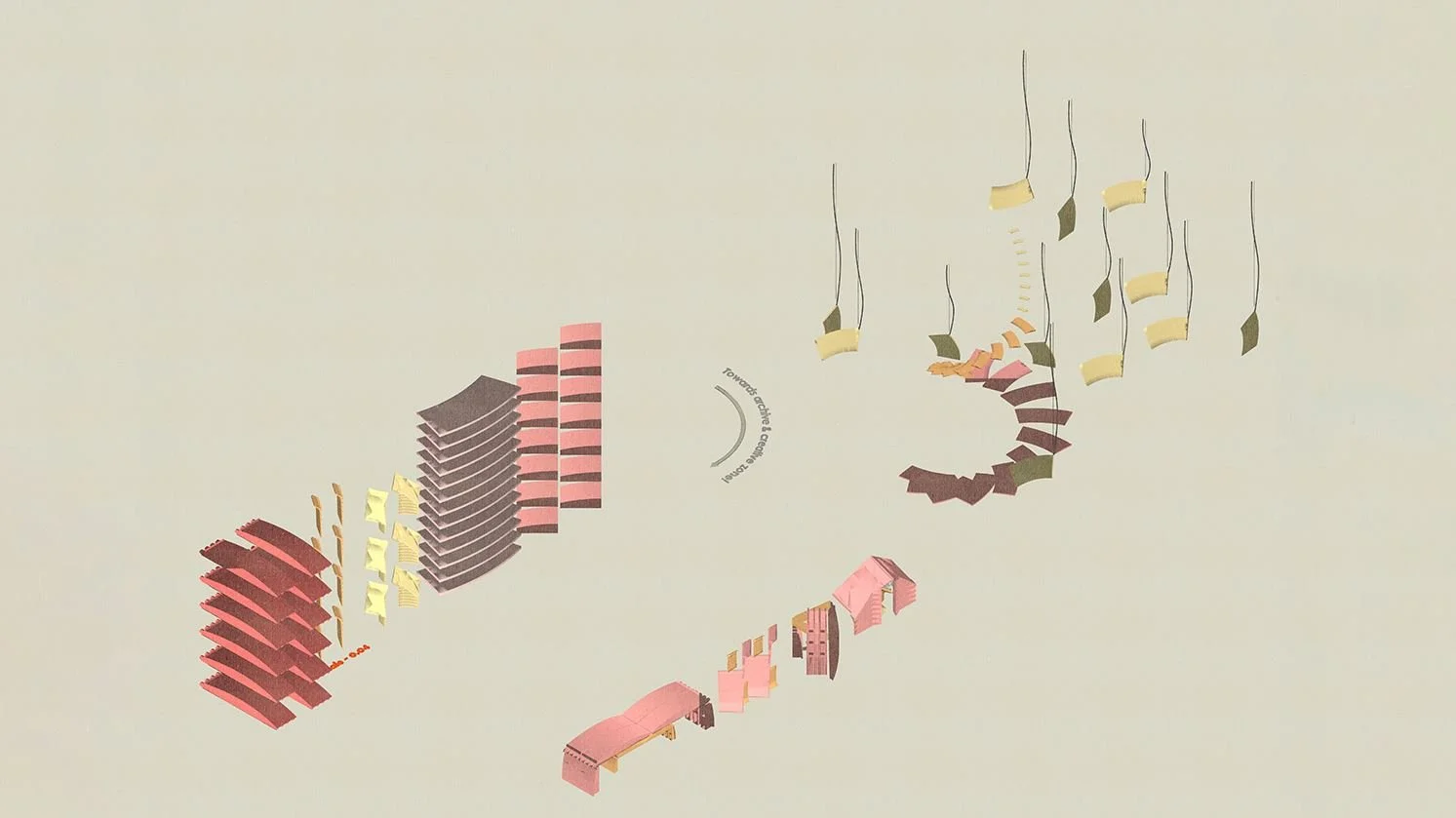
PIECE BY PIECE
CHETNA NAYAK, NIMISHA GHOSH
The background of this design project is the major construction project for the new "Stuttgart 21" main station – part of the „Bahnprojekt Stuttgart-Ulm“. At the heart of the new building is a roof structure consisting of 28 chalice-shaped columns. Around 5,000 m3 of cross-laminated timber is required for the geometrically complex concrete formwork. After the columns, vaults and other components have been produced, these parts of the formwork are sent for thermal recycling, i.e. incineration.
As part of the research project "Stuttgart 210: think ahead - continue building!", an interdisciplinary research team from the universities of Stuttgart, Konstanz and Karlsruhe is developing solutions for the reuse of formwork elements in order to reuse them as high-quality architectural components in various living labs. The research project will be presented in a public exhibition in Stuttgart by the end of the year 2024. Part of the presentation will be a VR installation in which visitors can playfully assemble architectural structures using a virtual archive of the digitized formwork elements. The shape and spatial effect of the designs created in this way can be checked directly on a 1:1 scale.
In the design project "Virtual Formworks 210", the functionality and appearance of this exhibition station are to be designed. The aim of the project is to design and implement a VR experience that allows users – using their entire body – to design new spatial constructions from an archive of virtual formwork elements from the Stuttgart 21 station construction site in real time, and thus experience them on a 1:1 scale. The design is implemented with Meta Quest 3 VR headset and the game engine Unity.
In this project “PIECE BY PIECE”, the virtual formwork objects are offered in a reduced scale, floating freely in the real environment (visible in real time using the so-called passthough mode of the VR glasses). The parts can be gripped easily and very precisely with the fingers without additional trackers. The formwork elements can then be scaled to predetermined scales and joined together to form new spatial-architectural constructions.
SEMESTERENTWURF BETREUT VON PROFESSOR ANDREAS KRETZER, VERTRETUNGSPROFESSOR DR. PHILIPP REINFELD UND NORBERT PAPE, MIT DEN STUDENTISCHEN TUTOREN TOLGAHAN GÜCÜYETER B.A., KEVIN SPINA M.A.
